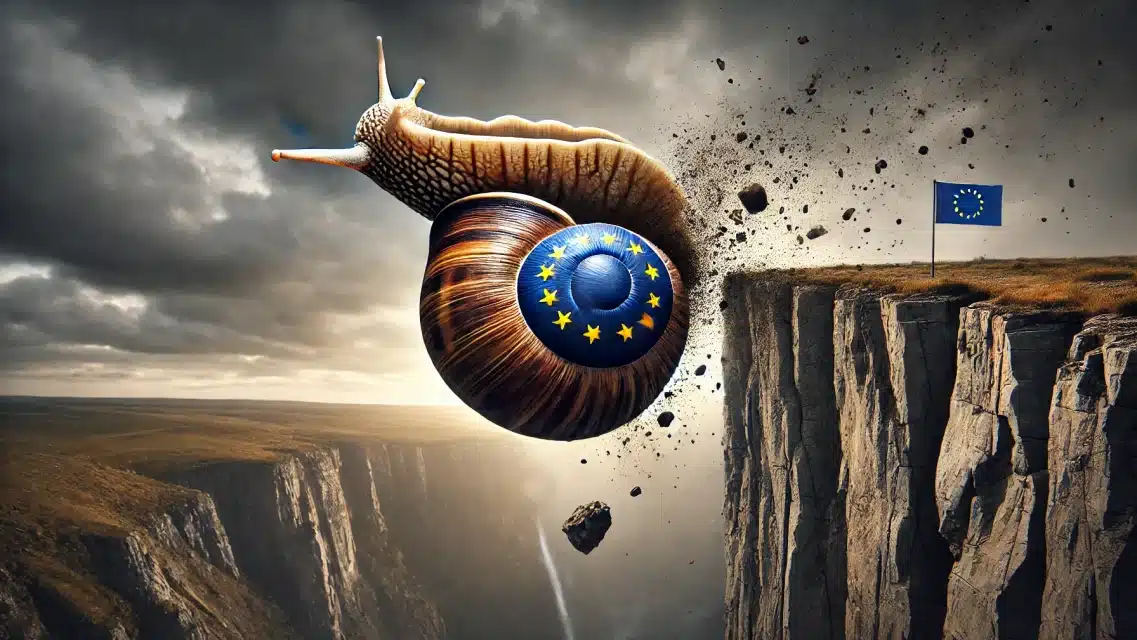Most brand storytelling fails because it ignores how the human brain truly works.
The marketing world is littered with “inspirational” campaigns that vanish without a trace—costly content that consumers simply don’t remember or care about. We’ve all seen it: the meticulously crafted brand saga that generates zero engagement, the “authentic” narrative that rings hollow, or the compelling story that somehow fails to translate into any tangible result. Indeed, most ads are almost instantly forgotten. One survey found people recalled only 1–10% of the ads they had seen just a day before.
The uncomfortable truth is that much of what passes for brand storytelling is misaligned with the very audiences it aims to enchant. It’s not that people hate stories. Far from it: humans are natural storytellers and story consumers. The problem is that many brand stories are constructed from a marketer’s wishful thinking rather than the realities of human psychology and culture.
Enter a new model for brand storytelling rooted in how our brains actually work. For marketing professionals seeking both viral buzz and enduring brand equity, we propose The Three Laws of Lasting Brand Storytelling. These are not buzzword-driven trends or one-off tactics, but foundational principles drawn from neuroscience, sociology, and social psychology. Think of them as first principles—guidelines to ensure a brand’s narrative strikes a chord in the mind, heart, and gut of its audience.
They are inspired by the insights of Stanford neuroscientist Robert Sapolsky (on emotion and neurochemistry), marketing professor Dr. Marcus Collins (on cultural codes and behavior), and UCLA psychologist Matthew Lieberman (on the social brain and our need to belong). In combination, these three laws offer a blueprint for storytelling that sparks immediate engagement and builds loyalty that lasts. In an age of fleeting TikTok trends and fragmented attention, campaigns built on these laws stand a far better chance of both going viral and becoming legendary.
Let’s explore each law in turn—and see how brands like Nike, Apple, Patagonia, and Barbie have harnessed them (whether knowingly or by instinct) to captivate the world.
Law 1: Ignite emotion with neurochemistry
Effective brand stories make people feel. This might sound obvious—marketers have long been told to “appeal to emotion”—but this goes deeper than sentimentality. The human brain is wired to encode emotional stories differently from neutral ones. Emotion triggers the release of hormones like oxytocin (bonding), dopamine (anticipation), and cortisol (stress), which cement memories and focus attention.
Robert Sapolsky’s research shows that emotionally charged content doesn’t just entertain—it rewires the brain. Stories that spark joy, fear, pride, or suspense stick in memory because they literally change our chemistry. That’s why a story with emotional arcs outperforms a list of features or a rational message every time.
Nike’s “Dream Crazy” campaign, featuring Colin Kaepernick, is a textbook example. Rather than selling sneakers, it stirred deep feelings of justice, courage, and controversy. The emotional jolt made it unforgettable—and profitable. Nike’s stock rose, and sales jumped by 31% in the days that followed. The emotional impact was not a by-product. It was the engine.
The same applies to Apple’s “Think Different”—a campaign that never mentioned processors or screens. It celebrated rebels and creatives, stirring identity-level emotion. Decades later, the feeling remains etched in cultural memory.
The takeaway: Emotion isn’t optional. It’s the biological anchor of memory, action, and meaning. If your brand story doesn’t move people, it won’t move markets.
Law 2: Align with cultural codes
Even a powerful emotional story will fizzle if it doesn’t resonate culturally. As Dr. Marcus Collins teaches, culture is the operating system of human behaviour—a set of shared values, norms, and reference points that shape what people notice, how they interpret it, and what they do next.
People don’t just consume stories as individuals—they consume them as members of tribes. When a brand aligns its story with the culture its audience already lives in, it gains multiplier effects. Relevance turns into ritual. Participation turns into pride.
Nike’s Kaepernick ad again succeeded not just because it was emotional—but because it aligned with the cultural moment. It spoke directly to a progressive, socially conscious generation already wrestling with racial justice, protest, and performance. Nike wasn’t selling shoes. It was signalling belonging to a cultural world view. That’s why it sparked both outrage and loyalty—and why the people it resonated with felt more connected than ever.
Barbie’s 2023 film is another masterclass in cultural storytelling. It confronted decades of complex cultural associations—gender roles, feminism, consumerism—and used humour and self-awareness to hold up a mirror to society. The campaign didn’t shy away from tension. It leaned in. The result was global virality and deep resonance, across generations.
Patagonia tells a quieter cultural story, but no less potent. Its anti-consumption stance and climate activism don’t appeal to everyone—but they speak deeply to its audience’s values. Patagonia’s story isn’t loud, but it’s true, and that truth is what gives it power.
The lesson: Culture shapes interpretation. Tell a story that reflects what your audience already believes or wants to believe, and it becomes a signal, not just a story.
Law 3: Cultivate a sense of belonging
Humans are wired to belong. That’s not a metaphor—it’s biology. Matthew Lieberman’s research shows that the social brain treats exclusion as pain. The need for social connection is as fundamental as the need for food or shelter.
That means the most powerful brand stories don’t just evoke emotion or align with culture—they create community. They make the audience feel like insiders. They say: You’re not alone. This story is yours, too.
Apple’s legendary marketing didn’t just sell devices. It created a tribe. “Think Different” wasn’t a tag line—it was a membership card. Buying Apple wasn’t about buying a machine. It was about belonging to a creative, stylish, slightly rebellious group of people. That belonging created loyalty far deeper than product specs ever could.
Nike, too, has built a global sense of belonging. “Just Do It” isn’t just encouragement—it’s a unifying rally cry. From Olympic athletes to weekend joggers, Nike creates a story where everyone striving is part of the same movement.
Even Barbie, in its postmodern form, invited fans into the fun. People showed up in pink, posted memes, shared nostalgia. It wasn’t just a film—it was a moment. And people wanted in.
The insight: When people feel seen and included in a story, they carry it with them—and share it with others. Brands that foster belonging don’t just earn transactions. They earn tribes.
Conclusion: A new mandate for marketers
The Three Laws of Lasting Brand Storytelling offer marketers a new north star—one based not on trends, but on timeless human truths:
- Emotion activates memory and action.
- Culture gives stories context and meaning.
- Belonging transforms customers into communities.
When these three elements align, brand stories don’t just go viral—they endure. They ripple across platforms, generations, and geographies. They get quoted, posted, remembered, and retold. They become part of who people believe they are.
In an age of infinite content and shrinking attention, storytelling that ignores these laws is just noise. But storytelling built on these laws can spark movements, shift perception, and future-proof your brand.
So ask yourself:
Does your brand story move people emotionally?
Does it reflect or reshape their cultural world?
Does it invite them into something bigger than themselves?
If not, it’s time to rewrite the story. Because the brands that master these laws won’t just sell. They’ll be remembered—and they might just be the ones still standing in 100 years.



